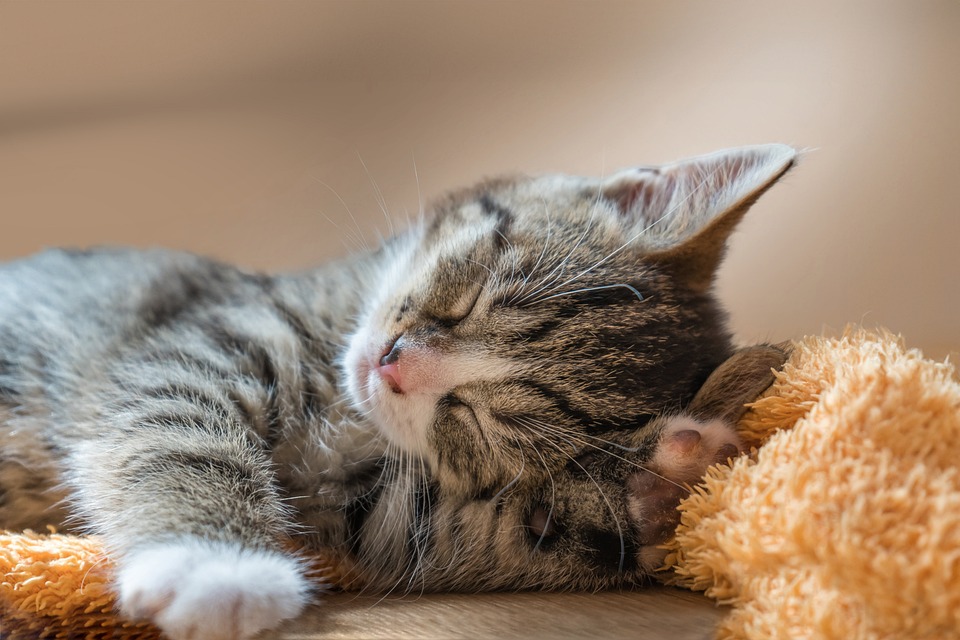Managing Feline Dermatitis: A Guide for Cat Owners
Understanding Feline Dermatitis
Feline dermatitis is a common skin condition that affects cats of all ages and breeds. It refers to inflammation of the skin, often accompanied by itching, redness, and discomfort. This guide aims to provide cat owners with a comprehensive understanding of feline dermatitis, its causes, symptoms, and effective management strategies.
Causes of Feline Dermatitis
Feline dermatitis can be caused by various factors, including:
1. Allergies
– Flea allergy dermatitis
– Food allergies
– Environmental allergies (pollen, dust mites, etc.)
2. Parasites
– Fleas
– Mites (such as mange mites or ear mites)
– Ticks
3. Bacterial or Fungal Infections
– Dermatophytosis (ringworm)
– Pyoderma (bacterial skin infection)
– Malassezia (yeast infection)
4. Environmental Irritants
– Harsh chemicals
– Cleaning products
– Pollutants
Identifying the Symptoms
To effectively manage feline dermatitis, it is crucial to recognize its symptoms. Common signs include:
1. Excessive itching and scratching
– Frequent scratching, biting, or licking of the affected area
– Hair loss or bald spots due to self-trauma
2. Redness and inflammation
– Swollen or reddened skin
– Presence of small bumps or pustules
3. Skin lesions and sores
– Crusty, scaly, or oozing skin
– Development of open sores or ulcers
4. Changes in coat and skin
– Dull, dry, or greasy fur
– Flaky or dandruff-like skin
Managing Feline Dermatitis
Now that you are familiar with the causes and symptoms, let’s explore effective strategies to manage feline dermatitis:
1. Regular Veterinary Visits
– Schedule routine check-ups to monitor your cat’s skin health
– Seek professional advice for appropriate diagnosis and treatment
2. Flea and Parasite Control
– Use veterinarian-approved flea prevention products regularly
– Ensure your cat’s living environment is free from parasites
3. Allergen Management
– Identify and avoid allergens triggering dermatitis (e.g., certain foods, plants)
– Consider hypoallergenic diets or allergy testing if necessary
4. Proper Hygiene
– Bathe your cat using gentle, hypoallergenic shampoos
– Regularly clean your cat’s bedding and environment to prevent bacterial or fungal growth
5. Medications and Topical Treatments
– Follow your veterinarian’s prescribed treatments, such as antihistamines or antibiotics
– Apply topical ointments or creams as directed to soothe and heal the affected skin
FAQs: Frequently Asked Questions
Q1: Can feline dermatitis be contagious to humans?
A: Feline dermatitis caused by parasites or fungal infections can be transmitted to humans. It is essential to seek medical advice if you notice any skin abnormalities after contact with an affected cat.
Q2: Can diet play a role in managing feline dermatitis?
A: Yes, certain food allergies can contribute to dermatitis. Consult your veterinarian to determine if a special diet or hypoallergenic food would be beneficial for your cat.
Q3: Can I use over-the-counter treatments for feline dermatitis?
A: It is recommended to consult your veterinarian before using any over-the-counter treatments, as they may not be suitable for your cat’s specific condition. Professional guidance ensures the most effective and safe treatment.
Q4: Is feline dermatitis curable?
A: The management of feline dermatitis focuses on controlling symptoms and minimizing discomfort. While some cases can be resolved completely, others may require ongoing management to keep the condition under control.
Remember, early detection and appropriate management are key to improving your cat’s quality of life and minimizing the impact of feline dermatitis. If you suspect your cat may be suffering from this condition, consult a veterinarian for a proper diagnosis and treatment plan tailored to your cat’s needs.








